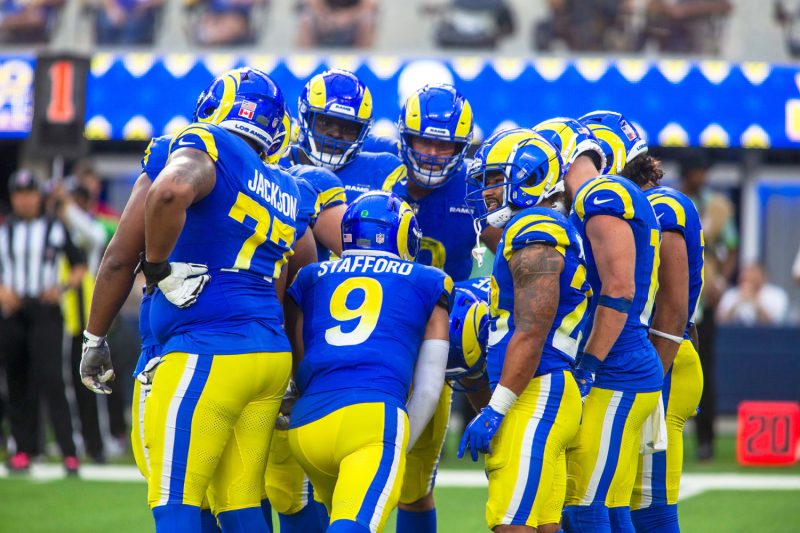Despite both being football teams from Los Angeles competing in the National Football League (NFL), the LA Rams and the LA Chargers have significant disparities in their worth, with the Rams being valued approximately $2 billion more than the Chargers. This difference in valuation is not haphazard but attributable to several important factors.
One of the central elements that contribute to the Rams’ more considerable valuation is the team’s rich history. Originally established in Cleveland in 1936, the Rams moved to Los Angeles in 1946, becoming the first ever professional sports team to be based on the west coast. This move had historical significance and resonated with the people of LA who then proceeded to support the team whole-heartedly. On the other hand, the Chargers, despite being founded earlier in Los Angeles, had moved to San Diego for most of their existence. The team only moved back to Los Angeles in 2017, and thus, they have not formed as deep a bond with the city’s residents as the Rams have.
Secondly, the Rams’ success on the field also plays a significant role in their higher valuation. The Rams have a more consistent and impressive history of success compared to the Chargers, including winning the Super Bowl in the 1999 season. The team’s competitive success has translated into a significant fan base, which inevitably leads to substantial financial gains through merchandise sales, ticket sales, and advertising revenue. In contrast, the Chargers have not yet clinched a Super Bowl win, reducing their appeal to potential fans and investors.
Another pivotal contributing factor in valuing a franchise is the stadium where the team plays. The Rams share the SoFi Stadium with the Chargers, but the Rams commanded the lion’s share of the buzz surrounding the $5 billion stadium because Rams owner, Stan Kroenke, spearheaded the project. The state-of-the-art stadium features a translucent roof, an oculus video board, and seats for up to 70,240 spectators. This stadium is not simply a place to play football but acts as a catalyst for the development of Hollywood Park, a near 300-acre sports and entertainment destination. Despite sharing the stadium, the Chargers did not reap as many benefits as the Rams because they failed to sell their naming rights and premium seating options on time, which hugely affected their revenue.
Market dominance and leadership also play significant roles in increasing a franchise’s value. Stan Kroenke, a real estate and sports mogul, owns the Rams. His bold leadership and vision have not only stabilized the Rams’ finances but also exponentially increased their market value with strategic decisions like moving the Rams back to Los Angeles and building the SoFi Stadium. The Chargers, on the other hand, have been faced with leadership challenges, particularly in transitioning from the stewardship of Alex Spanos to his sons, amplifying the franchise’s struggles.
When juxtaposing the LA Rams and LA Chargers, it becomes clear that factors such as historical significance in the community, on-field success, stadium benefits, and the franchise’s leadership significantly influence a team’s valuation. The high value attached to the Rams optimizes their potential for business growth, while the Chargers continue to maneuver their upward climb.




